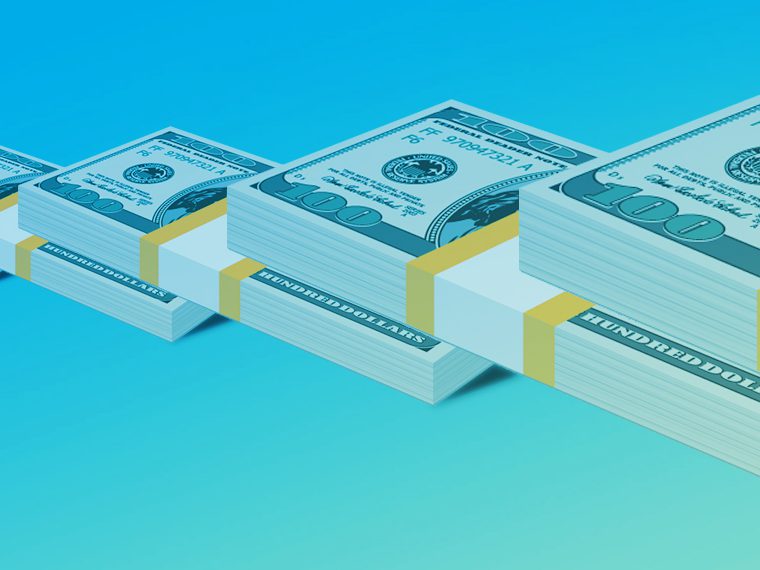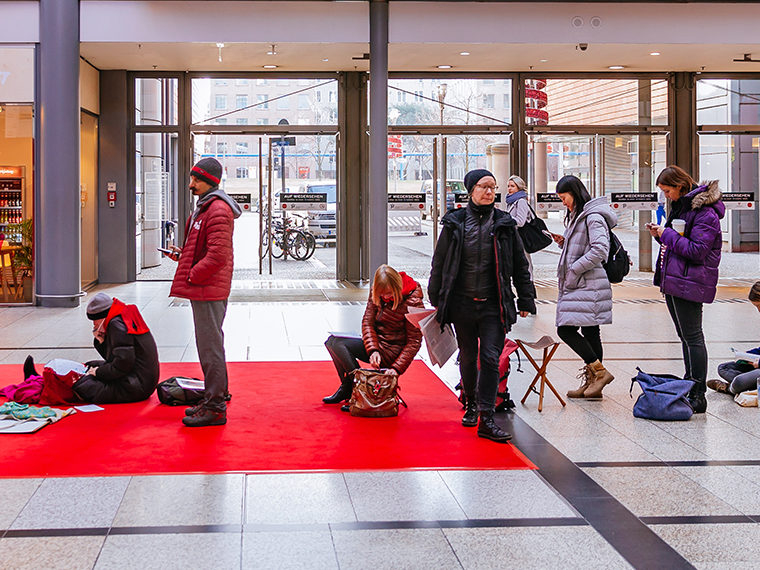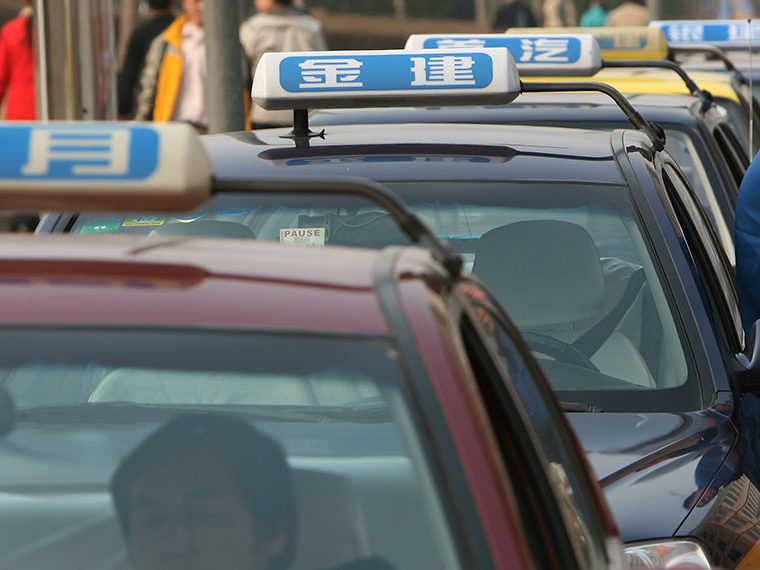A second lever, after "surge" pricing, adjusts the supply of drivers
For ride-sharing services like Uber, getting the right number of drivers on the road as demand fluctuates throughout the day is key to success. Having too few drivers irritates customers and leaves potential profits uncollected. Too many cars sitting riderless leads to disgruntled drivers.
Surge pricing during peak times is one way to adjust driver supply. The driver’s standard 80 percent cut results in more take-home pay when rates are higher, so more drivers show up for work when surge fares are in place.
But a working paper by UC Irvine Merage’s Jiaru Bai and Kut C. So, UCLA Anderson’s Christopher Tang, Xiqun (Michael) Chen of College of Civil Engineering (Hangzhou, China) and Singapore Management University’s Hai Wang suggests that adding an adjustable Uber company-driver revenue split could more precisely calibrate driver supply, boosting at different times driver receipts or company profits. A fixed payout ratio is standard to the industry; only the price that customers pay varies.
Opt In to the Review Monthly Email Update.
The analysis suggests how to optimize profits in the sharing economy, where the welfare of the corporation is especially intertwined with that of its workers. Unlike salaried employees who are paid even when idle, independent agents like Uber drivers show up for work only when they think there’s plenty of work to be done. The company’s ability to have the right number of workers on the clock at any given time is crucial; enough to keep customers happy with prompt service, but not so many that drivers sit payless.
The researchers use data from Didi, China’s bigger version of Uber, not from Uber. When fluctuating fare and pay combinations are applied to Didi’s real-life rides, company profits rise considerably with fluctuating payout ratios, according to the findings. For example, with a driver payout rate of 57 percent but higher fares in certain situations, company profits nearly doubled during the period. Drivers earn considerably less under the fluctuating rate model during non-peak hours, but slightly more during peak hours, according to the findings. The study identifies several fare and pay combinations that are more profitable for the company. During peak demand, raising prices modestly and upping payout ratios for drivers improve profits. During low demand, dropping the payout ratios dramatically reduces driver supply, keeps the on-duty drivers busy and improves profitability.
For optimal profits, customer rates don’t necessarily fall when driver payout ratios are lower, the study finds. The researchers point out that customers generally don’t like unpredictable pricing. The authors find optimal profits by leaving fares high at certain times when demand is low, but traffic flows well and wait times are short.
Tang explains in an interview that dynamic payout ratios could help prevent dreaded backups of service at peak times, by attracting more drivers. Otherwise, the company misses out on potential customers, and customers forced to wait might not use the service in the future. “When there are so many customers wanting to take Uber, you should grab them,” he says, and pay the necessary higher wages.
The researchers note that practical business considerations, such as competition for both drivers and riders, might lead a company to vary price and pay formulas from the ideals they outline in the study. They suggest that the findings can serve as important guidelines for increasing profitability in on-demand sharing services. As ride sharing companies have launched and expanded rapidly, they have racked up large losses.
Featured Faculty
-
Christopher Tang
UCLA Distinguished Professor; Edward W. Carter Chair in Business Administration; Senior Associate Dean, Global Initiatives; Faculty Director, Center for Global Management
About the Research
Jiaru, B., So, K.C., Tang, C.S., Chen, X., & Wang, H. (2016). Coordinating supply and demand on an on-demand service platform with impatient customers.






